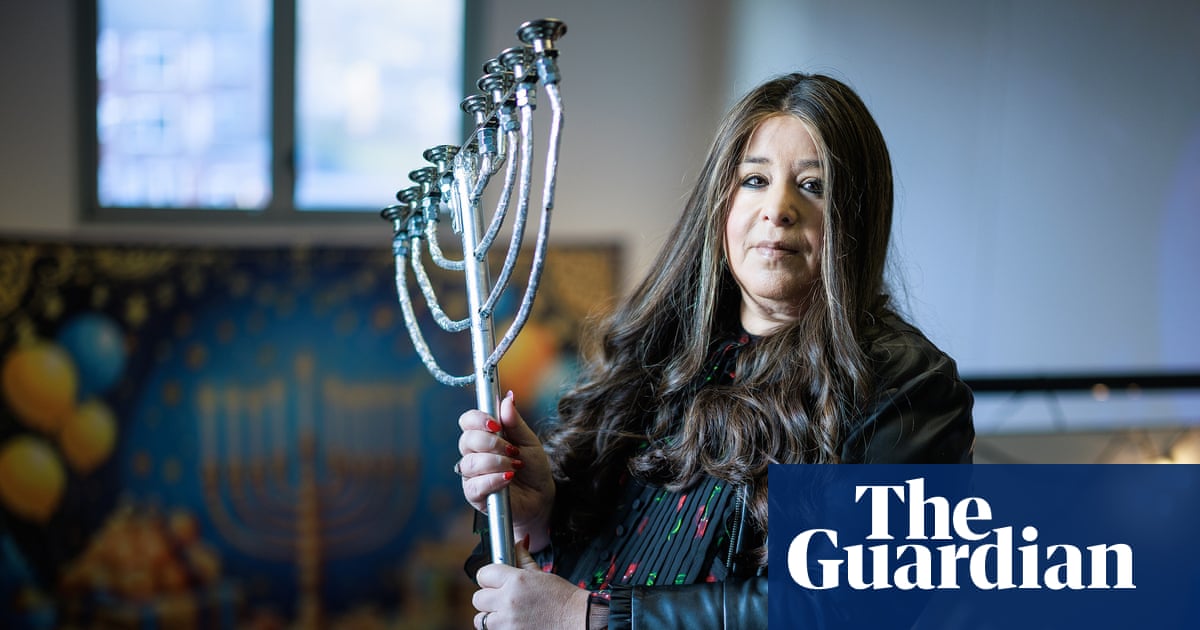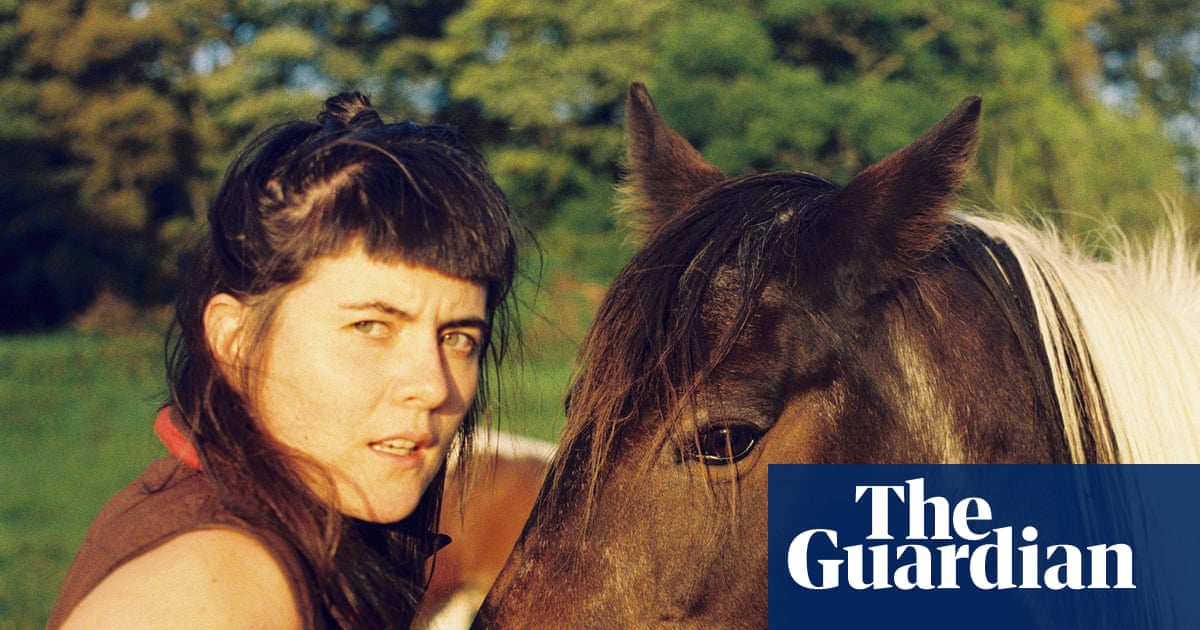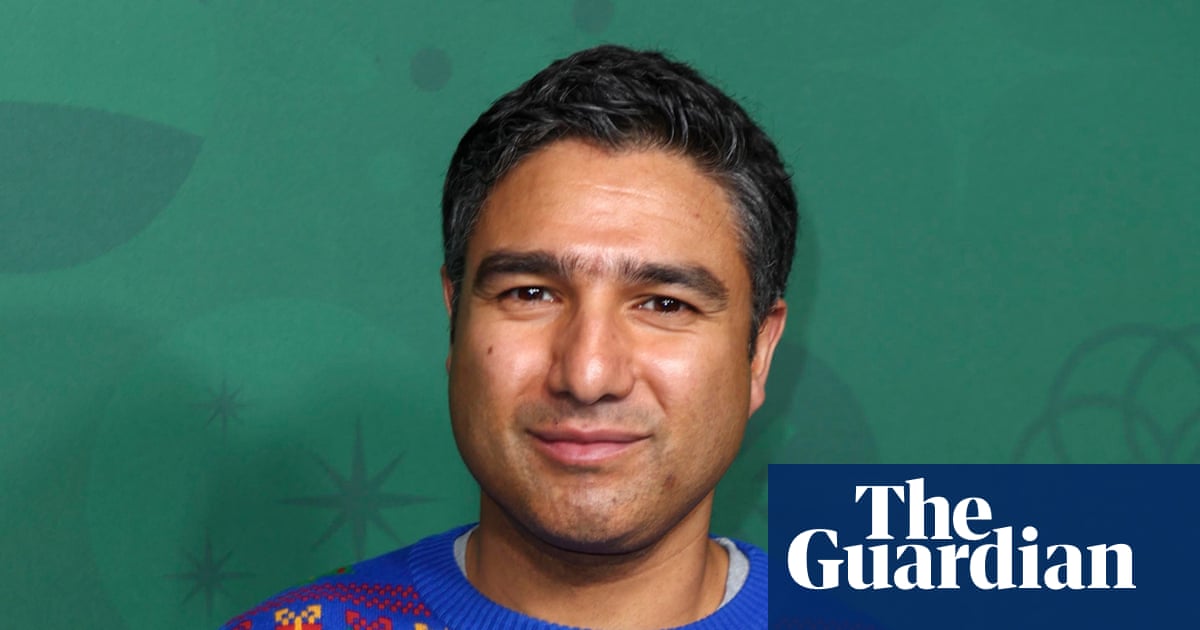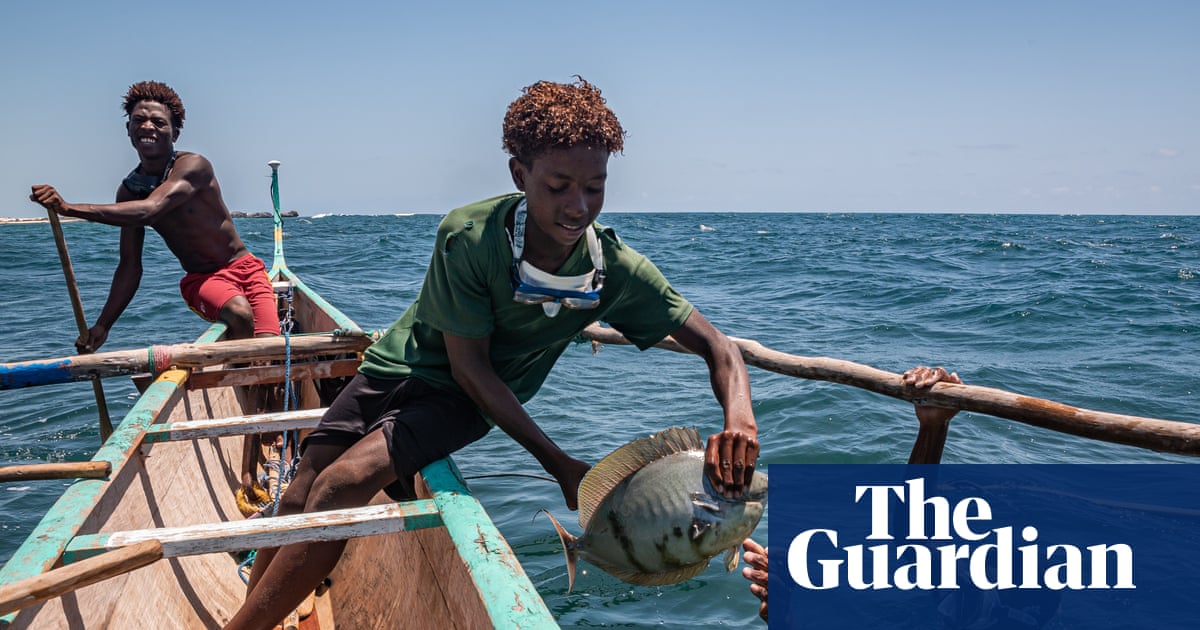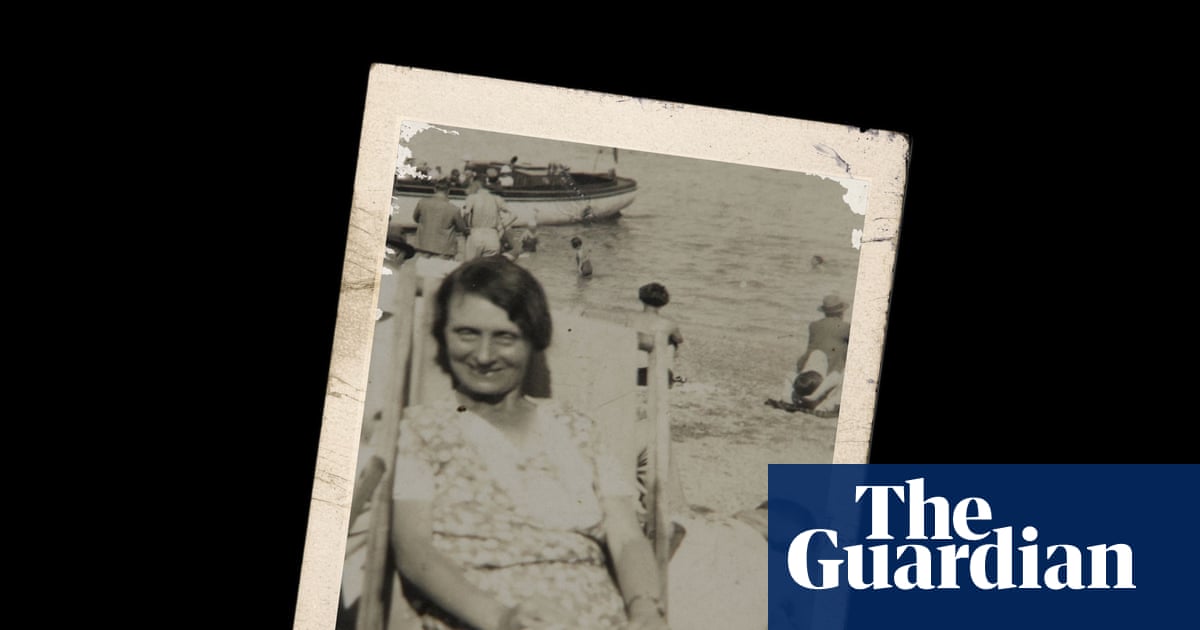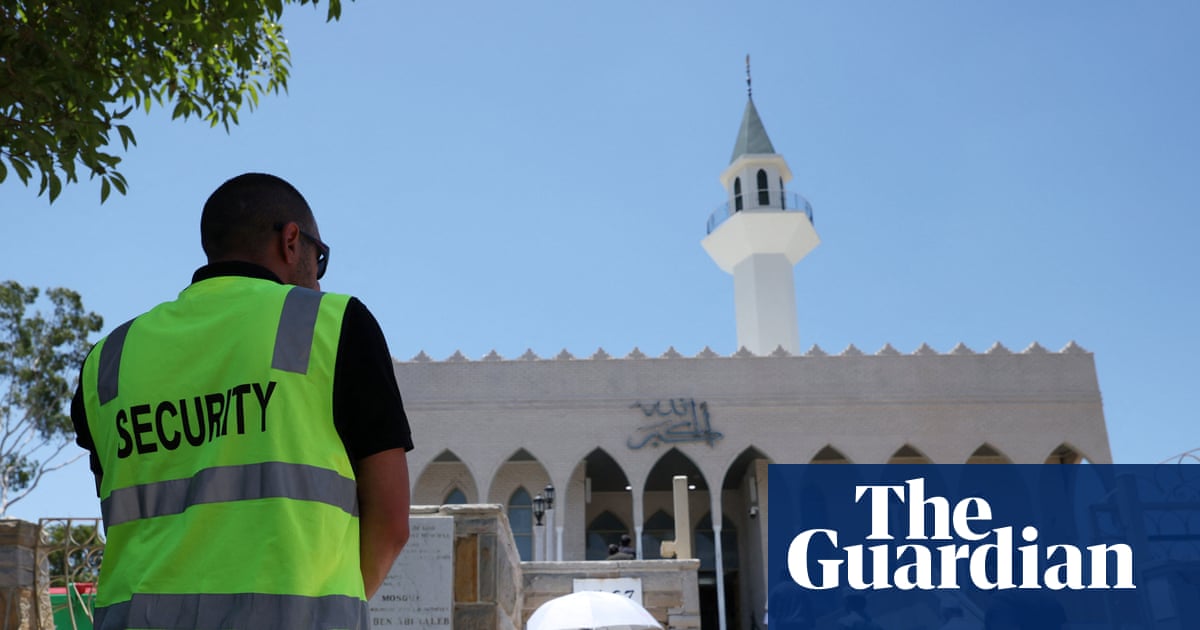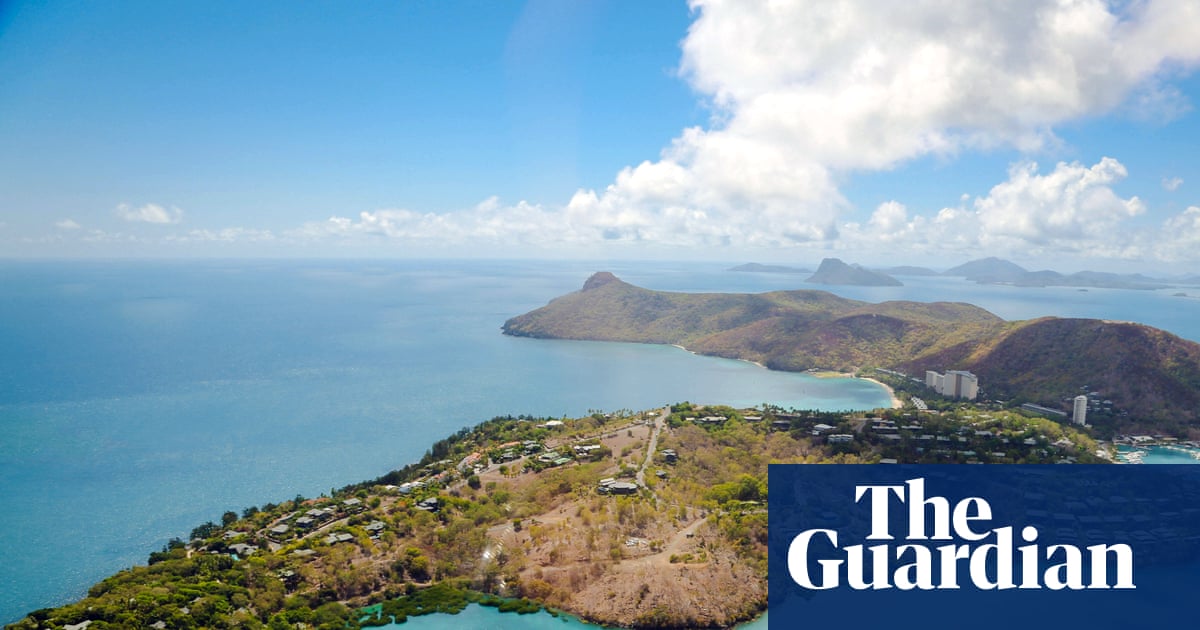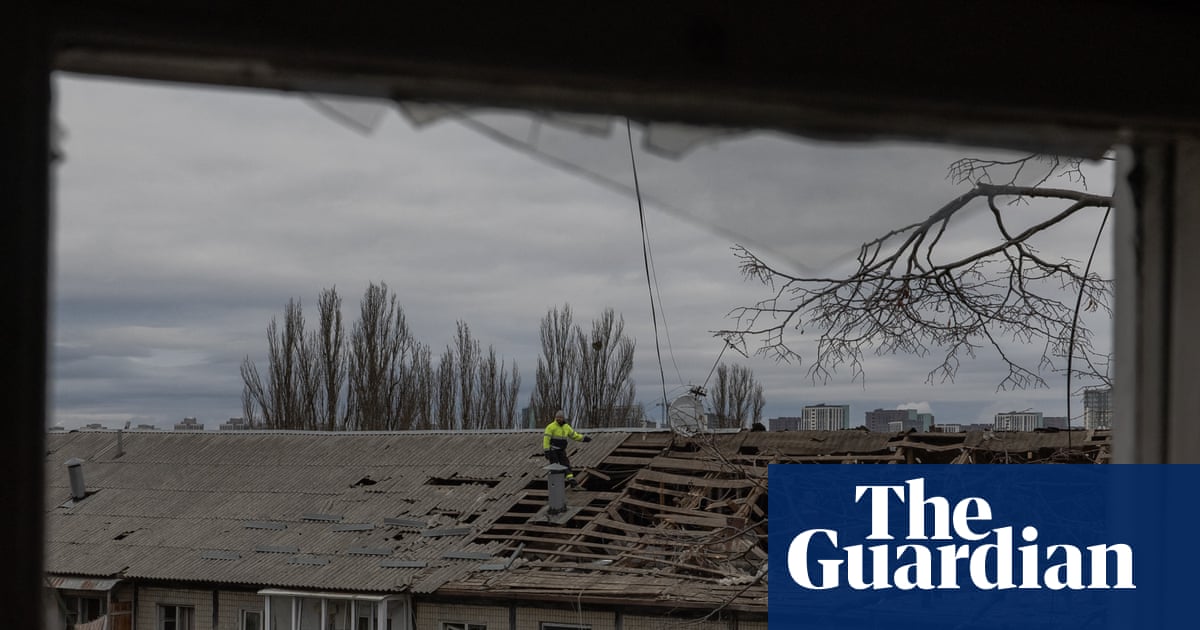Aween Bin Terawin submerges himself in the mangrove swamp to reach a crab cage on the riverbed below. After a moment of suspense, he lifts the cage above the water’s surface and inspects its interior. Empty.
After stowing the collapsible cage away in his boat, he continues his journey through the vast swamp to retrieve the 40 cages he set early that morning, each marked by a floating bottle tied to string.
Bin Terawin is a member of the Orang Seletar community, one of Malaysia’s Indigenous sea communities who live along the coast of Johor, Malaysia’s southernmost state.
While some Orang Laut groups (meaning “sea people”) such as the Orang Seletar remain in coastal villages in Johor, others have settled and assimilated into communities in Singapore.
The next four cages Bin Terawin retrieves are also empty, until he brings up one hosting a small crab. “Too young,” he says.
Orang Seletar fishers have an agreement to throw juvenile catch back to help maintain populations.
For all their efforts of sustainable fishing, the main sources of livelihood for these people are dwindling, mostly due to property development on the shores where they fish and changing waters as the climate heats. Today, Bin Terawin hauls just two crabs, hardly enough to cover his boat’s petrol costs for the day.
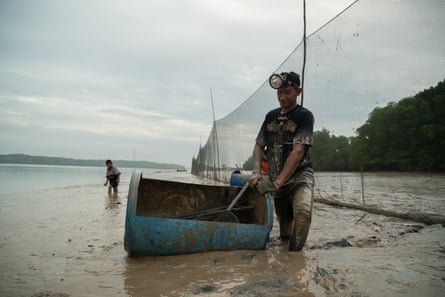
To make space for development, the shorelines of Malaysia and Singapore have been expanding through land reclamation, whereby large quantities of sand are dumped into the sea.
“The land reclamation means there are fewer mangroves, and the fish have nowhere to go,” says Tok Batin Salim Palon, leader of Sungai Temon, one of eight Orang Seletar villages in Johor Bahru with a combined population of about 2,000.
Sungai Temon has been particularly badly affected by property development plans. Despite advocating for their ancestral rights through a protracted legal battle which lasted more than a decade, the villagers have been told they will be relocated in the coming years.
Orang Seletar fishers say such development also affects their ability to fish, as sand dredging stirs up huge clouds of silt.
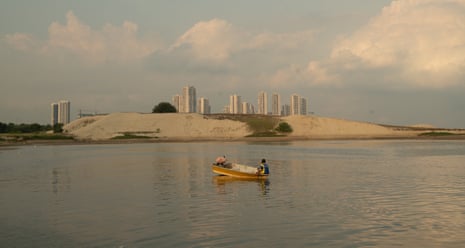
“The sea has become shallow instead of becoming deeper,” says Bin Terawin. “Our water has become polluted, like coffee water.
“If we see the water is dirty, we don’t go to sea. There’s no use.”
While development has degraded fish habitats, other fishers note that storms have intensified. With the loss of mangroves to act as a natural buffer, these storms can be dangerous.
“Sometimes we have to cut the net and rush back to land,” says John Aine, a fisher in nearby Simpang Arang village. This has an economic cost, as nets are expensive to replace.
Despite these hardships, seafaring communities and their descendants are pushing back against this threat to their way of life.
In Singapore, where most Orang Laut groups have now assimilated into urban communities, their descendants are reclaiming their heritage through cultural events and education.
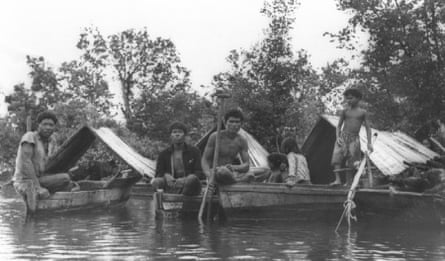
Firdaus Sani’s ancestors lived on Pulau Semakau until 1977 when they were relocated to mainland Singapore. He is a key figure behind “Hari Orang Pulau”, a day of dance, cultural workshops and panel discussions.
“Our Islanders’ Day is not only a celebration, it’s advocacy,” he says. “It’s a way to say that we are still here, we are not left in the past. That we don’t intend to let our communities’ culture and heritage die off.”
Sani’s aim is to preserve the cultural heritage of his community in Singapore, and support other coastal people in south-east Asia that are at risk of losing theirs.
In Johor, communities who still depend on fishing are adapting to their new reality.
Aween’s father, Bowen Bin Terawin, now has a small fish farm which he says yields more catch than traditional fishing methods, and allows him to continue living from the sea.
For Tok Batin, whose community is facing relocation, mainstream education is becoming a vital way to prepare young people for a future where fishing may no longer be viable.
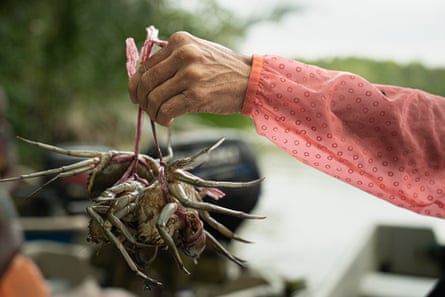
“The young people here might not become fishermen, so it’s good that they are prepared,” he says.
For Bin Terawin, the changes felt by the Orang Seletar are already clear to see, and he thinks more change is on the horizon.
“Before, Seletar people lived in sampans [wooden boats] but now we live on land,” he says “Now the Orang Seletar can read and we wear modern clothes.
“If we want to adapt for the future,” he adds. “We need to change.”

 3 months ago
44
3 months ago
44


